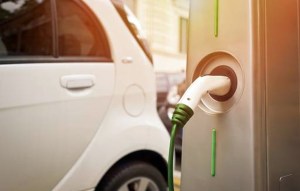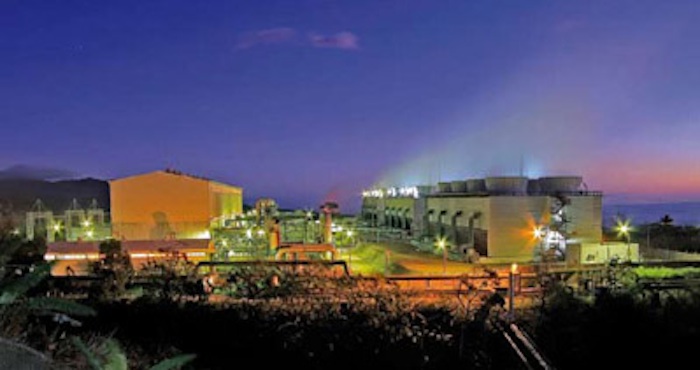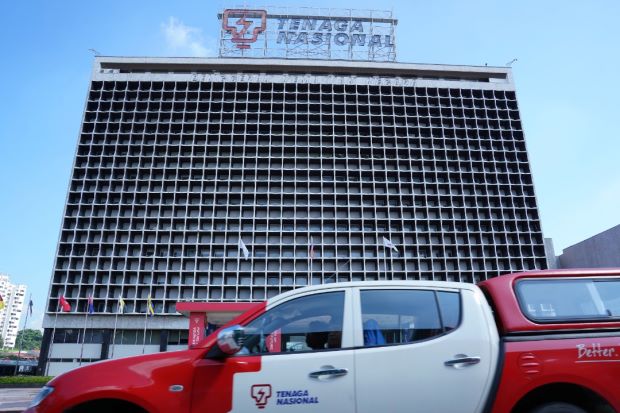National Grid Corp. of the Philippines (NGCP), the operator of the system, declared the red alert from 10 a.m. to 4 p.m., which meant demand might exceed available generating capacity during those hours.
NGCP warned of rolling brownouts, particularly in areas serviced by Manila Electric Co. (Meralco), Abra Electric Cooperative and Peninsula Electric Cooperative.
Capacity holds
Meralco said parts of eastern and southern Metro Manila, as well as parts of Rizal province, were cued for rolling brownouts.
There was no power failure, however, as demand peaked at 10,300 MW while generation capacity held at 10,300 MW at 2:18 p.m., and NGCP lifted the red alert.
That, however, did not stop Sen. Risa Hontiveros from following up on calls from fellow lawmakers on Wednesday for an investigation of a suspected collusion to create an artificial power shortage to raise electricity rates.
“We cannot afford to have brownouts during this time when our people rely on electricity to cope with the sweltering summer heat, and when hospitals are packed with people suffering from diseases common during summer,” Hontiveros said in a statement.
She said rolling brownouts could make more people vulnerable to diseases associated with heat, such as heatstroke, dehydration, chicken pox, boils, diarrhea and cholera.
Power outages would hamper the operations and services at hospitals and health centers, she added.
Hontiveros urged the Department of Energy (DOE) to ensure adequate power supply this summer.
Simultaneous shutdowns
On Wednesday, Bayan Muna Rep. Neri Colmenares and Sen. Sherwin Gatchalian pushed for an investigation of simultaneous shutdowns at five power plants in Luzon that forced NGCP to place the grid on red alert.
The shutdowns could be intended to create artificial shortages that would justify power rate increases, Colmenares said.
Gatchalian, chair of the Senate committee on energy, said he would ask the DOE and the Philippine Competition Commission to look into a possible collusion among the power producers, noting a price spike on the Wholesale Electricity Spot Market (WESM).
He said the Energy Regulatory Commission (ERC) and Philippine Electricity Market Corp., which runs the WESM, should also look into the situation.
“We need to find out who is profiting from these power plant shutdowns, because electricity prices literally went [through] the roof [on] the WESM,” Colmenares said.
Gatchalian said he was worried about the increasing possibility that there would not be sufficient power on election day in May.
House probe
Bayan Muna Rep. Carlos Isagani Zarate called on the House of Representatives leadership to open an inquiry into the plant shutdowns and the recent successive power rate increases.
“Without a probe, these power companies might think they can [get] away with this modus (operandi) . . . to jack up power rates, along with other pass-on rates such as missionary fees and system losses,” Zarate said.
Energy Undersecretary Felix William Fuentebella tried to explain the thinning power supply at a news conference on Thursday.
Fuentebella said four power plants with a combined capacity of 1,352 MW remained on forced or unscheduled shutdown as these were undergoing repairs.
To ease the burden on the grid, a so-called interruptible load program has been introduced in the Meralco franchise area.
Under this program, Fuentebella said, companies would voluntarily switch off their utility connection and use their own power generators at certain hours of the day to ease demand on the grid.
Fuentebella said 156 companies had joined the initiative and could altogether reduce the grid burden by 564.15 MW.
Additional capacity
He said an additional generation capacity was expected to boost the grid this month, with Millennium Energy Inc. putting in 70 MW and Therma Energy Inc., 161 MW. Both companies are concluding supply agreements with Meralco.
Fuentebella also announced that the DOE had issued an advisory to Masinloc Power Partners Co. Ltd. to operate its 600-MW coal-fired power plant a week before, during and a week after May’s balloting.
The Zambales company is having its plant’s boiler inspected to ensure reliability.










